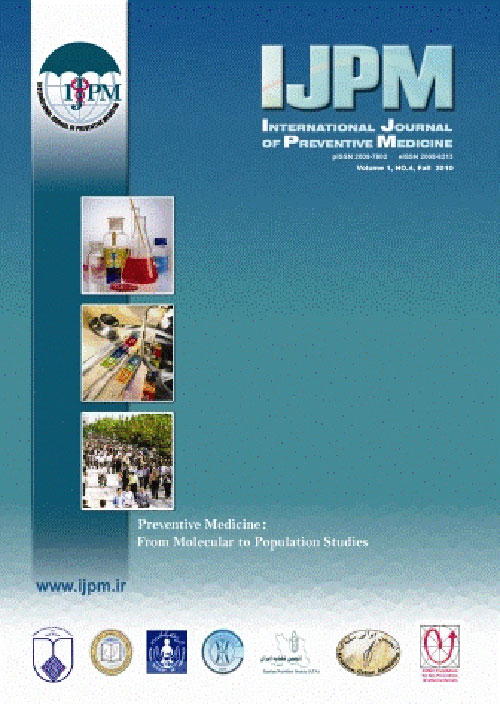Isolation and Characterization of the Anticancer Compound Piceatannol from Sophora Interrupta Bedd
Author(s):
Abstract:
Background
Sophora belongs to the family of Fabaceae and the species in this genus are currently used as a folklore medicine for preventing a variety of ailments including cancer. Our aim was to identify and validate an anticancer compound from Sophora interrupta using multi‑spectroscopic, anticancer screening, and molecular docking approach.Methods
The cytotoxicity of the various solvent extracts, petroleum ether, n‑butanol, and ethyl acetate (EtOAc) of the S. interrupta root powder was evaluated in a breast cancer cell lines (MCF‑7). The extract that had anticancer activity was subjected to column chromatography based on the polarity of the solvents. The anticancer activity of the elution fractions was validated using a 3‑(4,5‑dimethylthiazol‑2‑yl) ‑2,5‑ diphenyltetrazolium bromide assay. The isolated metabolite fraction with anticancer activity was run through a C18 column isocratic and gradient high‑performance liquid chromatography (HPLC). The structure of the isolated compound was characterized using 1 H nuclear magnetic resonance (NMR),13C‑NMR, Fourier transform infrared spectroscopy, and liquid chromatography‑mass spectrometer methods.Results
The crude EtAOc extract effectively inhibited the proliferation of MCF‑7 cells. The column eluted chloroform and EtOAc (4:6) fraction of the EtOAc extract showed significant anticancer activity in the MCF‑7 cells compared with normal mesenchymal stem cells. This fraction showed three major peaks in the HPLC chromatogram and the first major peak with a retention time (RT) of 7.153 was purified using preparative‑HPLC. The structure of the compound is a piceatannol, which is a metabolic product of resveratrol. Piceatannol formed direct two hydrogen bond interactions between Cys912 (2H), and Glu878 of vascular endothelial growth factor receptor 1 (VEGFR1) with a glide‑score (G‑score) of −10.193, and two hydrogen bond interactions between Cys919, and Asp1046 of VEGFR2, with a G‑score of −8.359. The structure is similar to that of the crystallized protein for VEGFR1 and R2.Conclusions
Piceatannol is a secondary metabolite of S. interrupta that has anticancer activity. Moreover, piceatannol has been isolated for the first time from S. interrupta.Keywords:
Language:
English
Published:
International Journal of Preventive Medicine, Volume:6 Issue: 10, Oct 2015
Page:
4
magiran.com/p512974
دانلود و مطالعه متن این مقاله با یکی از روشهای زیر امکان پذیر است:
اشتراک شخصی
با عضویت و پرداخت آنلاین حق اشتراک یکساله به مبلغ 1,390,000ريال میتوانید 70 عنوان مطلب دانلود کنید!
اشتراک سازمانی
به کتابخانه دانشگاه یا محل کار خود پیشنهاد کنید تا اشتراک سازمانی این پایگاه را برای دسترسی نامحدود همه کاربران به متن مطالب تهیه نمایند!
توجه!
- حق عضویت دریافتی صرف حمایت از نشریات عضو و نگهداری، تکمیل و توسعه مگیران میشود.
- پرداخت حق اشتراک و دانلود مقالات اجازه بازنشر آن در سایر رسانههای چاپی و دیجیتال را به کاربر نمیدهد.
In order to view content subscription is required
Personal subscription
Subscribe magiran.com for 70 € euros via PayPal and download 70 articles during a year.
Organization subscription
Please contact us to subscribe your university or library for unlimited access!


